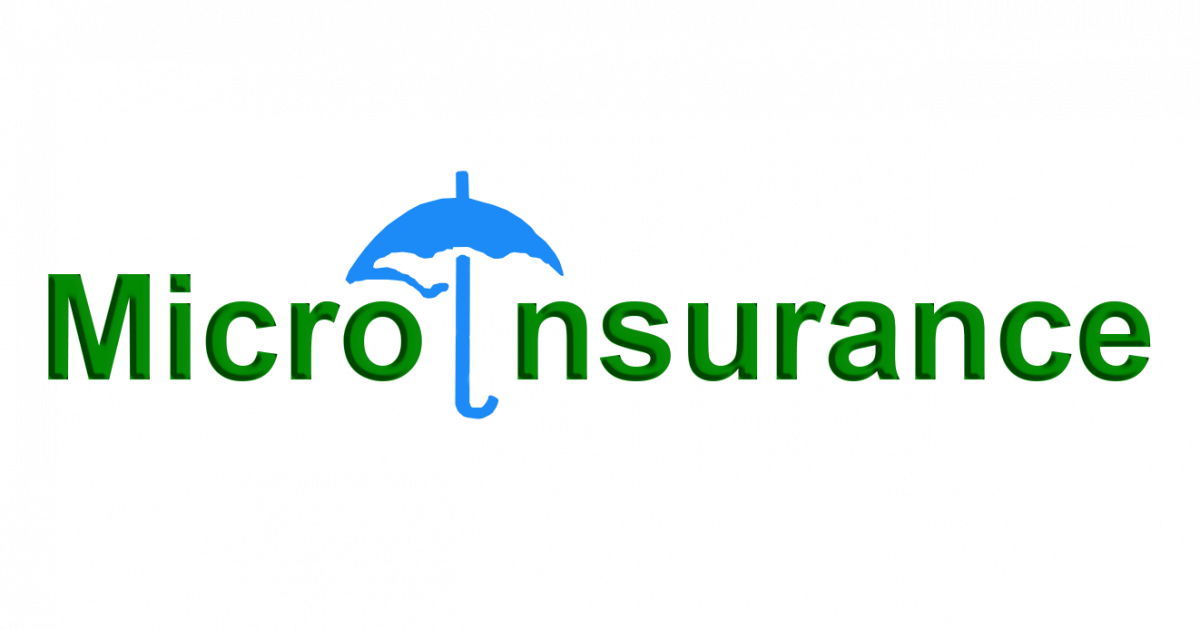For many low-income families around the world, traditional insurance products are often inaccessible due to cost, complexity, or lack of awareness. Yet, these households are often the most vulnerable to financial shocks—whether it’s a medical emergency, crop failure, theft, or natural disasters. That’s where microinsurance comes in.
Microinsurance is designed specifically to provide financial protection to low-income individuals at an affordable cost. It addresses the unique risks these communities face, using simplified processes and small premiums to make coverage accessible and practical.
In this article, we’ll explore what microinsurance is, how it works, and why it’s becoming a game-changer for inclusive financial security.
What Is Microinsurance?
Microinsurance refers to insurance products with low premiums and coverage limits tailored for the working poor and vulnerable communities. It operates on the same basic principles as traditional insurance—pooling risk and providing payouts when covered losses occur—but with features adapted to the realities of low-income households.
Key features include:
-
Low, regular premium payments
-
Simple policies with minimal legal jargon
-
Quick and hassle-free claims processing
-
Accessibility via mobile or community networks
🡒 The Microinsurance Network defines it as “a mechanism to protect low-income people against specific perils in exchange for regular premium payments proportionate to the likelihood and cost of the risk involved.”
Why Is Microinsurance Important?
Low-income families often face financial ruin from even minor incidents. For example:
-
A hospital visit can wipe out months of savings
-
A drought can destroy a farmer’s only source of income
-
A house fire can leave a family homeless without support
Microinsurance provides a safety net that allows people to recover quickly and avoid falling deeper into poverty when unexpected events occur.
It also encourages financial inclusion, helping underserved communities become part of the formal financial system through partnerships with microfinance institutions, cooperatives, and NGOs.
Types of Microinsurance Products
Here are the most common types of microinsurance products:
1. Health Microinsurance
Covers hospital visits, surgeries, and outpatient treatment. Often used in places where public health services are limited.
🡒 Read how MicroEnsure provides health coverage in underserved regions.
2. Life Microinsurance
Pays out a small sum to beneficiaries when the policyholder passes away. Helps families with funeral costs or lost income.
3. Agricultural or Crop Insurance
Protects farmers from crop failure due to droughts, floods, pests, or other natural disasters. Some are index-based and use weather data instead of on-site assessments.
4. Property Insurance
Covers loss or damage to homes or personal belongings due to fire, theft, or natural disasters.
5. Accident or Disability Insurance
Provides financial aid if the policyholder is injured or disabled, and unable to work.
How Microinsurance Works
Most microinsurance programs use community-based models or mobile technology to reach clients. Here’s how a typical setup might look:
-
Enrollment is done via microfinance groups, cooperatives, savings groups, or mobile networks.
-
Premiums are collected in small amounts—weekly, monthly, or seasonally—to match cash flow patterns.
-
Policies are written in simple language and often in local dialects.
-
Claims are processed quickly, sometimes using SMS or mobile apps to reduce paperwork.
In Kenya and parts of Asia, some microinsurance providers link their services to mobile money platforms like M-Pesa, allowing customers to pay premiums and receive payouts via their phones.
Benefits of Microinsurance
-
Affordability: Premiums are designed to be budget-friendly.
-
Accessibility: Offered through trusted community networks or mobile phones.
-
Simplicity: Policies are easy to understand.
-
Quick Claims: Fast processing reduces delays in getting help.
-
Empowerment: Encourages savings, planning, and risk management among low-income households.
Microinsurance has also been shown to reduce stress and anxiety, giving families peace of mind knowing they have a fallback option.
Challenges of Microinsurance
Despite its benefits, microinsurance faces several hurdles:
-
Lack of awareness: Many people still don’t understand how insurance works.
-
Trust issues: In some regions, there is skepticism toward financial services.
-
Low margins: Small premiums mean providers must rely on high volume to remain profitable.
-
Infrastructure: In rural areas, digital tools may be limited or unreliable.
However, partnerships between insurers, governments, NGOs, and tech companies are working to address these challenges.
Real-World Impact
In Bangladesh, the Grameen Bank pioneered microinsurance for borrowers. In India, LIC (Life Insurance Corporation) has introduced low-cost life insurance for rural communities. In Africa, companies like Pula and Turaco are transforming access to insurance through technology and innovation.
These programs have helped millions avoid financial ruin and rebuild their lives after accidents, disasters, or illnesses.
Getting Microinsurance: What to Know
If you are considering microinsurance for yourself or your community, here are a few tips:
-
Ask local microfinance organizations or community leaders if they offer any insurance services
-
Check mobile apps or networks (e.g., Safaricom in Kenya, Airtel in Nigeria) for mobile insurance options
-
Look for providers that are registered or backed by a national insurance regulatory authority
🡒 For more insights, visit the International Labour Organization’s Microinsurance Innovation Facility
Also Check:
- How Insurance Brokers Can Help You Save Money
- Top Questions to Ask Before Buying Health Insurance
- How Climate Change Is Affecting Insurance Policies
- Mobile Phone Insurance: Is It Worth the Cost?
- How to File an Insurance Claim Efficiently
Final Thoughts
Microinsurance is more than just affordable coverage—it’s a tool for resilience, dignity, and long-term security for millions of families around the globe. By helping low-income households weather life’s storms, it creates a foundation for better financial health and greater economic participation.
As technology improves and awareness spreads, microinsurance has the potential to reach even more people and become a cornerstone of inclusive financial systems worldwide.
